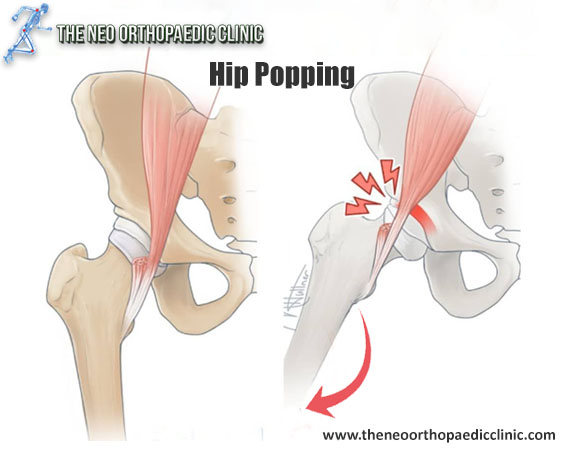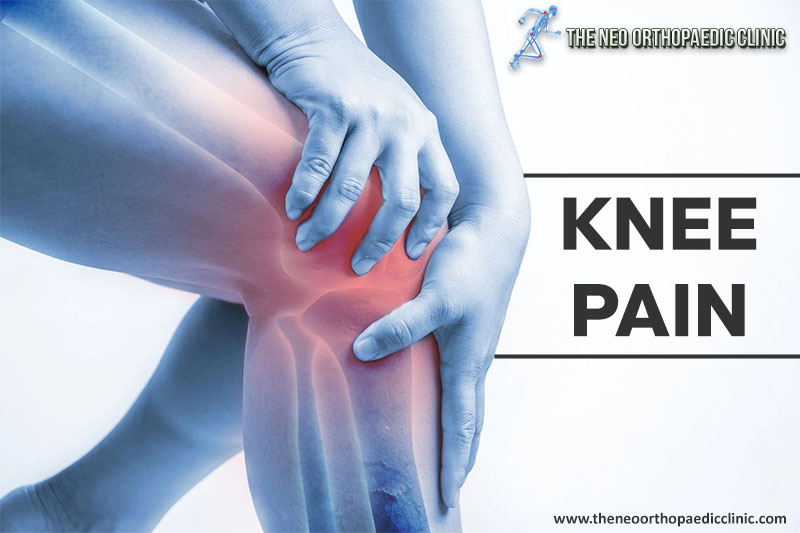Knee osteoarthritis is not the same for everyone. Therefore, the prosthesis cannot be the same for everyone. For each type of arthrosis, orthopaedic in Dwarka indicate a different prosthesis.
Unicompartmental or partial prosthesis
This prosthesis replaces only 1 part of the knee. We can divide the knee into three parts, the medial tibiofemoral, lateral tibiofemoral and patellofemoral.
When the person has osteoarthritis of only 1 of these parts, we can make a unicompartmental prosthesis. As it is not of the whole knee, we also call it a partial prosthesis.
bi-unicompartmental prosthesis
It is the union of 2 unicompartmental prostheses in the same knee, for example the patellofemoral unicompartmental and medial tibiofemoral. This type of prosthesis is made when the person has already made a unicompartmental prosthesis and has started to give problems in another part of the knee.
The bi-unicompartmental prosthesis can also be performed in the first knee replacement surgery in Delhi, when the person already has 2 parts of the knee with arthrosis (wear).
Total surface prosthesis
It is a prosthesis that takes the entire knee. There are several types of complete prosthesiss and one of them is the surface. This is the most performed when performing the first prosthesis surgery in the individual.
The total surface prosthesis has different types of models, such as some that maintain the posterior cruciate ligament, others that remove it, and others that have a rotating platform to better simulate the natural movement of the knee.
constricted complete prosthesis
This type of prosthesis is most used in cases of prosthesis revision, that is, in those people who have already made a prosthesis (of any of the types that I have already mentioned) and need to exchange it for a new one.
The constricted complete prosthesis can also be used in the first surgery, when the arthrosis is very severe. In addition, there are several levels of constriction of the prosthesis, ie, how much the prosthesis is able to “firm” the knee.
There are prostheses that we can call semi-constricted (also called non-connected), which are those that place rods (a kind of metal tube), shims (these are pieces to fill holes in the bone), tantalum cones, and have a special design to make the knee firmer, but not so firm as to greatly reduce knee mobility.
On the other hand, constricted prostheses, in addition to allowing the placement of rods, shims and cones, have the differential of restricting even more the movement of the knee and, therefore, are performed in even more severe cases.
We call these constricted prostheses hinged (or connected) prostheses because they function like a hinge on a door. And they are called connected because the femur component (piece that is on the thigh bone) is attached to the tibia component (leg bone).
Megaprosthesis or endoprosthesis
This type of prosthesis is also constricted, with the differential of having modules, which are metal bars that replace large pieces of bone.
Some megaprosthesis models are similar to those of amputees and, therefore, are called endoprosthesis.
As you may have already noticed, the megaprosthesis is performed in the most serious cases that exist, when the person loses almost the leg or the entire thigh. Therefore, it is also performed in people who suffer from bone cancer.
Before choosing the ideal prosthesis for you, we specialist knee orthopedists need to evaluate your knee through physical examination and imaging tests (radiography and tomography for example). So, if you have osteoarthritis in your knee, be it more or less severe, consult an orthopaedic in Delhi check the best type of prosthesis for you. Take care and prevent yourself!






